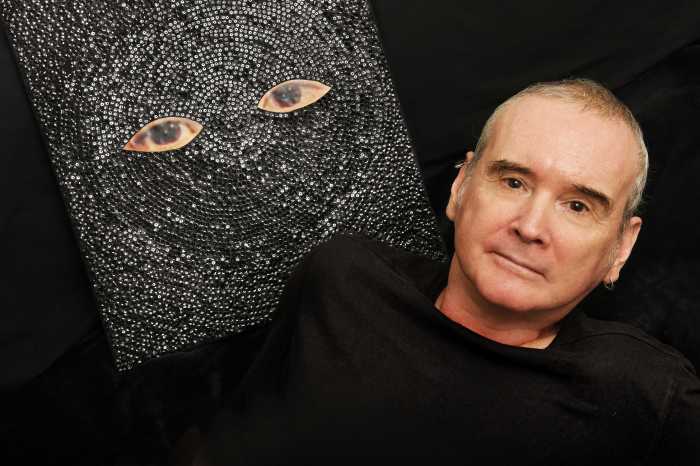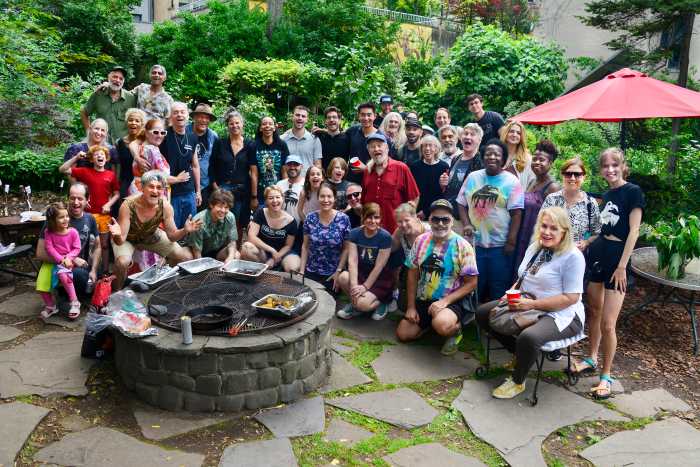By Ann Kjellberg
Village kids returned this month to schools that were more crowded at every level. After years of warnings and complaints by parents, the city Department of Education finally took concrete action a year ago and moved Greenwich Village Middle School out of the top of P.S. 3 to make room for the superabundance of elementary school kids in our neighborhood. But that solution failed even to buy a year of calm.
Already last spring, the P.S. 3/P.S. 41 school zone was overbooked for September, and students were for the first time sent out of their zone — northward to also overcrowded P.S. 11 — for a kindergarten seat. Class sizes are up all over the city due to severe budget cuts, but in District 2 the effects are aggravated by rampant residential construction. And now the first wave of the baby boom will reach the city’s middle schools, which already have class sizes in the thirties and tough competition for a stagnant number of academically rigorous programs.
Our neighborhood’s already strained supply of early-childhood programs will also be decimated by the loss of the Children’s Aid Society, which now serves hundreds of children in the preschool years. Prospects for expanding school property in the Village’s overheated real estate market are bleak.
D.O.E. has just released a rezoning proposal aimed also at reducing overcrowding, but this serves more to redistribute the problem than solve it.
Yet, suddenly some creative thinking has placed an old idea before Village residents once again. Three years ago, Assemblymember Deborah Glick identified a large state-owned building at 75 Morton St. as a potential school site. The building was up for sale, and yet the city and the state were somehow unable to reach a deal, in spite of the looming overcrowding crisis.
But now a new consortium of Village residents called the Live & Learn Coalition has developed a list of four major demands to make to the Rudin Organization as Rudin pursues permission to develop the former St. Vincent’s site. Among their demands is for a substantial contribution to found a consortium that would buy and retool 75 Morton St. for school use. The building is so big it could meet needs at all grade levels and also provide some scarce outdoor play space.
The Rudin rezoning request calls for an increase of about 40 percent above the as-of-right residential zoning for construction on the site they own — an increase of 427,518 square feet — to house a total of 450 units. The Live & Learn Coalition argues that “without modifications, there is no compelling public policy rationale to support the proposed zoning change.”
Aside from 75 Morton St., the Live & Learn Coalition’s demands for a modified proposal include affordable housing, permanent designation of the triangle at Greenwich and Seventh Aves. as a public park and reduced height and bulk in the Rudin project.
Under the Rudin proposal, North Shore-Long Island Jewish Health System will operate a stand-alone emergency department in the former hospital’s O’Toole building. Few observers consider this health solution adequate, and yet no viable alternative proposal for a full-service hospital has been found. Community Board 2 and a number of politicians sponsored a health needs assessment to quantify the demand for a hospital, and they are preparing to publish the results and canvass once again for candidate hospitals.
But in the interim, in the absence of any money or commitment for a full hospital, the Rudin proposal moves inexorably through the public land-use process.
The other three demands of the Live & Learn Coalition have their own strong claims for urgency. The Rudin proposal itself illustrates the pressing need to protect economic and social diversity in the Village in the face of a high-value real estate market. And Lower Manhattan is starved for green space: City Council District 3 (the West Side from 55th St. to the Holland Tunnel) ranks 47th out of the city’s 51 Council districts in green space; the city guideline is 0.5 acres per 1,000 residents, and District 3 falls well below that standard.
When Rudin’s first proposal was being reviewed by the community board, before the bankruptcy of St. Vincent’s Hospital, Rudin responded to the threat of increased school overcrowding caused by its development by helping to identify and broker the sale of the Foundling Hospital to the city for a school. This effort was laudable and very forward-thinking and much valued by local parents.
However, Rudin’s new project bears a much greater burden of social obligation. Hence, residents identified our still-pressing need for school space, among other needs, as meriting the developer’s support.
As Jane Jacobs reminded us 50 years ago, our neighborhoods are built of all the small ways we go about our lives, as well as our public institutions, and this delicate daily ecology is what we must strive to protect in the face of the gigantism of development. The Rudin proposal’s journey through the land-use process will be a test of Villagers’ readiness to work together toward a shared vision of neighborhood good.
A petition with the Live & Learn Coalition’s full proposal is online at https://www.ipetitions.com/petition/liveandlearn/.





































